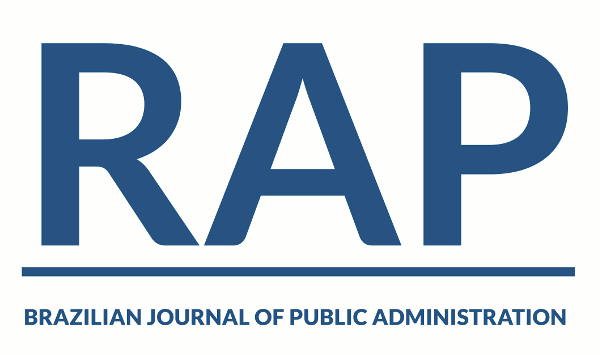This article develops a matrix model to assess the normative design of past and current regulatory institutions (economic autarchies of the 'populist' republic). Normative design is defined as a set of possibilities for an institution's structure and actions which is limited by the legal norms that created it. The model is structured based on two main parameters: independence in relation to the central power and transparency in relation to society. Five hypothesis were tested, and the conclusion was that current regulatory institutions have heterogeneous designs and they differ from the former ones for being both more independent and more transparent, and the largest difference is in the second parameter.
regulation; regulatory institutions; normative design; transparency









